Captain Joshua K. Card here. Like many of my contemporary lighthouse keepers in the late 1800s and early 1900s, I was sometimes accused of being a pirate. I can assure you I was nothing of the sort, in spite of my salty appearance. But there was a keeper before me down in Massachusetts who couldn’t shake the reputation of being a pirate.
William S. Moore, a veteran of the War of 1812, was appointed as the first keeper of Bird Island Lighthouse down in Marion, a town in southeastern Massachusetts, when the light went into operation in 1819. The stark little island is less than two acres in size, and it was an ideal place for a lighthouse that would serve to guide mariners into Sippican Harbor and points north.
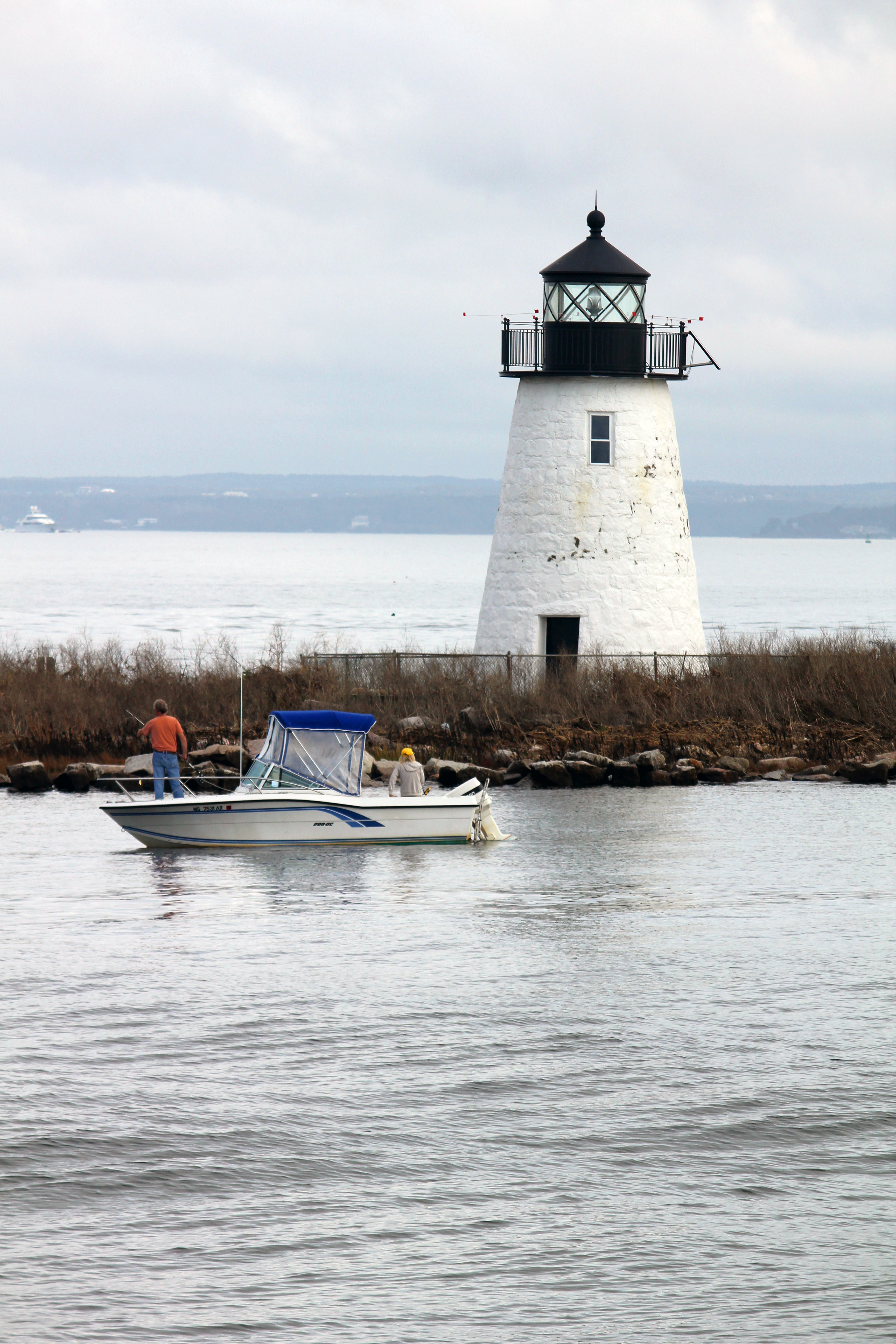
Persistent local legend claims that Moore was a pirate who was banished to Bird Island as punishment. Some versions of the story claim that he was left without a boat, with supplies delivered periodically. Since his boat is mentioned frequently in correspondence, this is clearly untrue. In any case, properly functioning lighthouses were vital to safe navigation, and the authorities strove to hire responsible and reliable men. They did not hire accused pirates.
Some accounts claim that Moore murdered his wife—described as a “Boston society girl”—at the lighthouse and disappeared soon after. A rifle was found, supposedly in a secret hiding place along with a bag of tobacco, when the original keeper’s house on Bird Island was torn down in 1889. The gun was believed by some to be the murder weapon. Others have claimed that Moore prevented his ailing wife from seeking medical attention on the mainland, and that she died as a result.
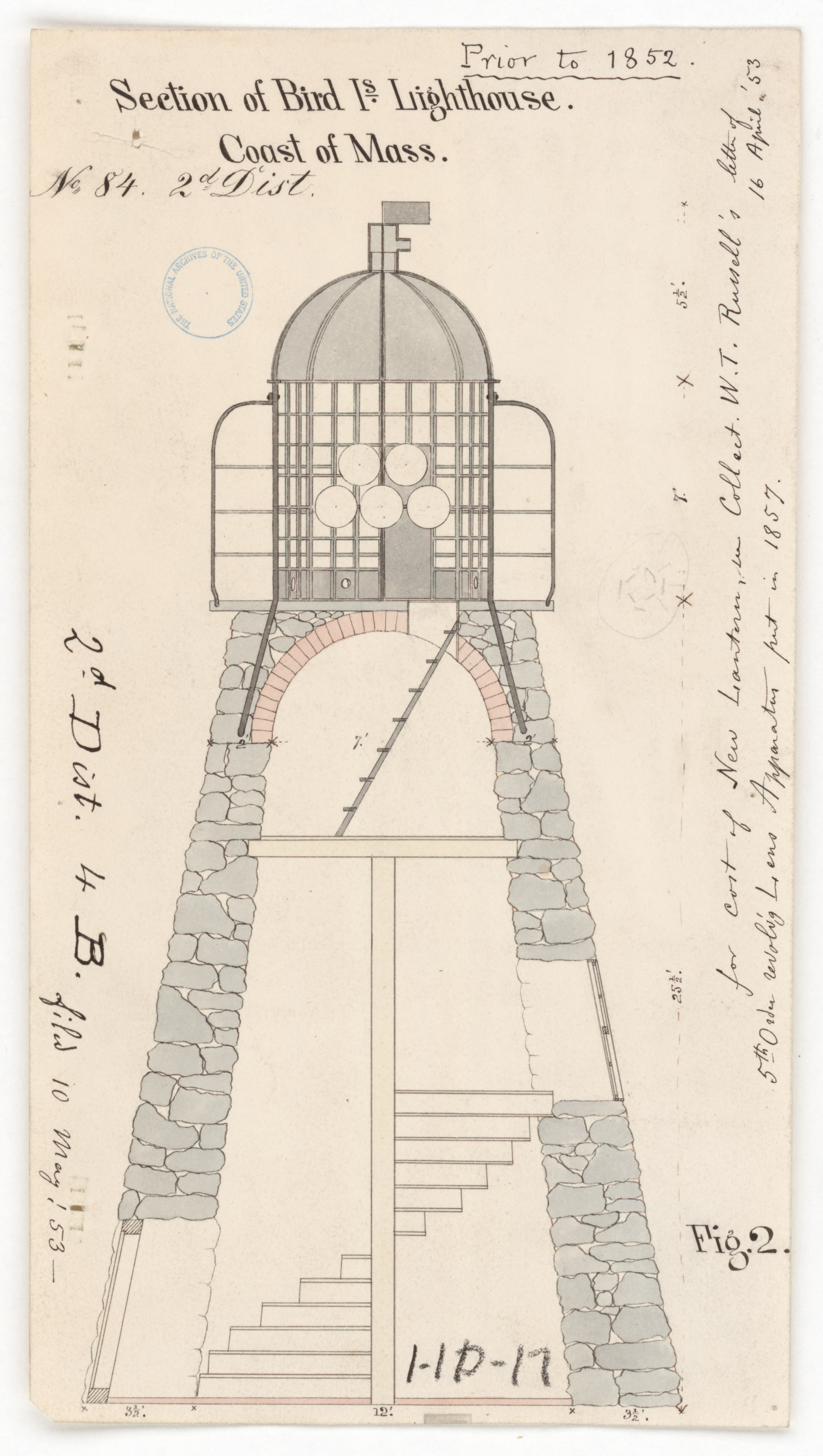
Although she is supposedly buried on the island, there is no sign of the grave of Moore’s wife today. With the gun, a note was found, signed by Moore. The note eventually came into the possession of Marion’s longtime town historian H. Edmund Tripp. It read:
This bag contains tobacco, found among the clothes of my wife after her decease. It [the tobacco] was furnished by certain individuals in and about Sippican. May the curses of the High Heaven rest upon the heads of those who destroyed the peace of my family and the health and happiness of a wife whom I Dearly Loved.
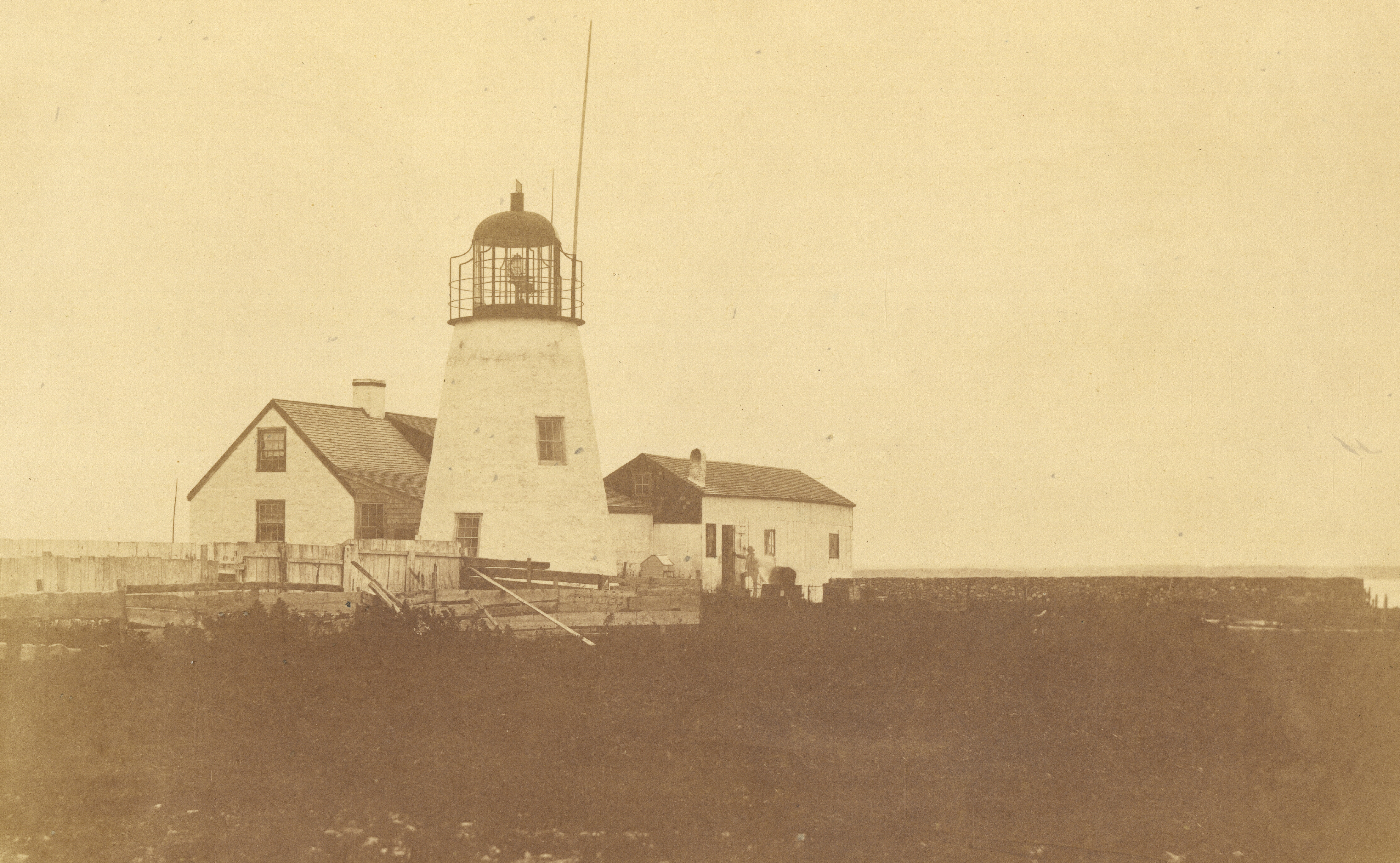
Letters from Moore to the local customs collector indicate that the keeper conducted experiments with the heating of whale oil to keep it from freezing in the winter months. He also worked on the development of “air boxes” to be stored on boats to help prevent sinking. Moore wrote that he wanted to remain at Bird Island so he could pursue his various experiments. He explained, “. . . as the keeping of a lighthouse is calculated to afford me more leisure than almost any other employment, I shall give it up with great regret.”
Another far-fetched part of the lore surrounding William Moore is that he disappeared, never to be seen again, shortly after his wife’s death was discovered. In reality, records clearly show that Moore was assigned to the new Billingsgate Lighthouse near Wellfleet in 1822. It isn’t clear if he was able to continue his experiments there.
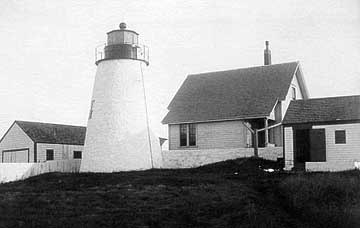
The truth about Moore will probably never be completely separated from the fantastic legends concerning his life. But his wife really did die on the island, and there are those who say it has been haunted or cursed ever since. Legend has it that some later keepers were frightened by the ghost of a hunched-over old woman, rapping at the door during the night.
Submitted by Jeremy D’Entremont, May 4, 2018.
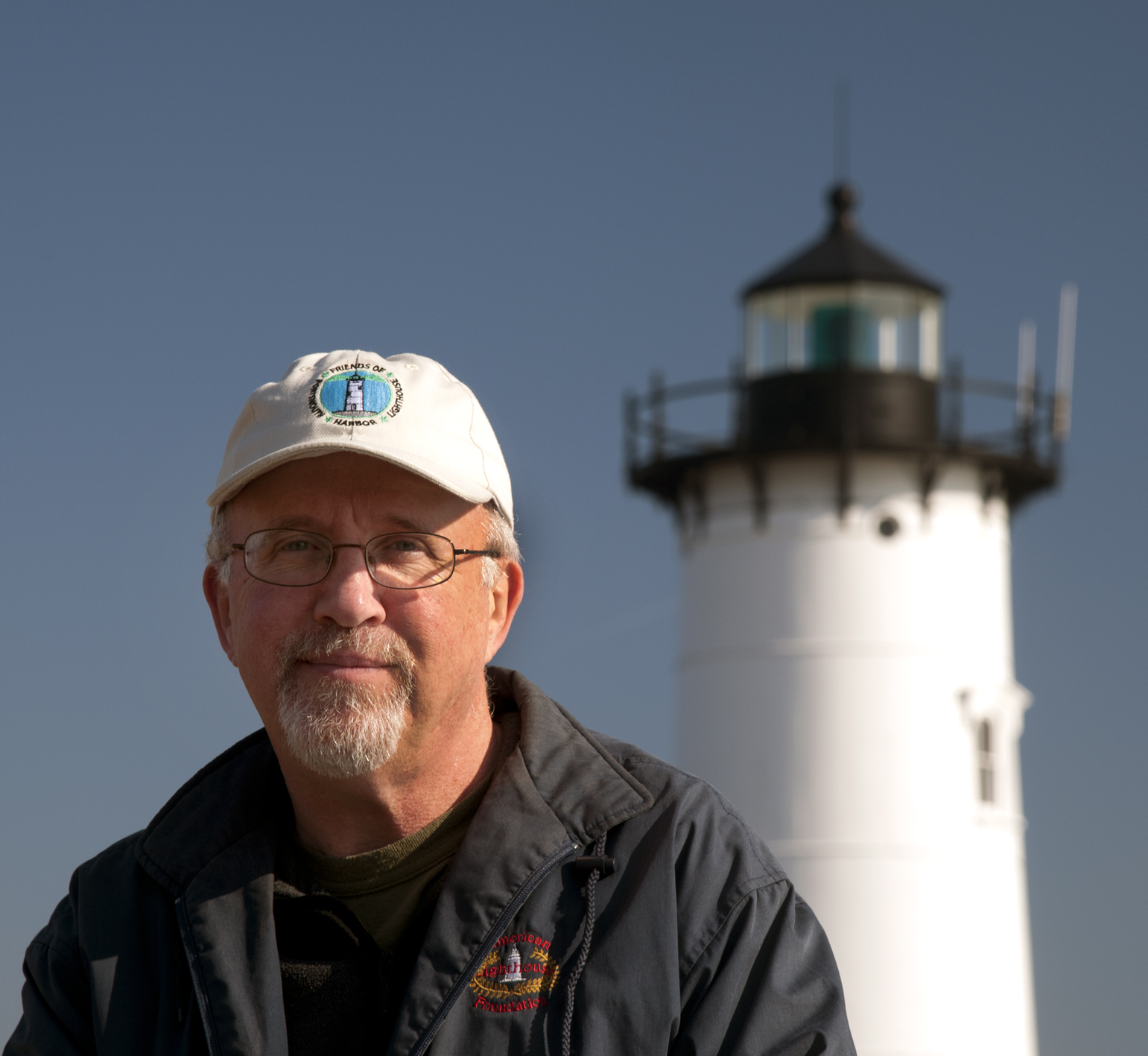
Jeremy D’Entremont is the author of more than 20 books and hundreds of articles on lighthouses and maritime history. He is the president and historian for the American Lighthouse Foundation and founder of Friends of Portsmouth Harbor Lighthouses, and he has lectured and narrated cruises throughout the Northeast and in other regions. He is also the producer and host of the U.S. Lighthouse Society podcast, “Light Hearted.” He can be emailed at Jeremy@uslhs.org

